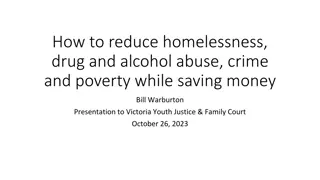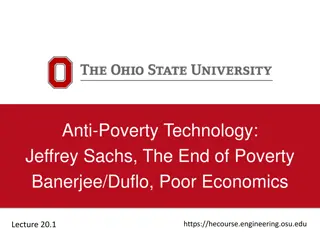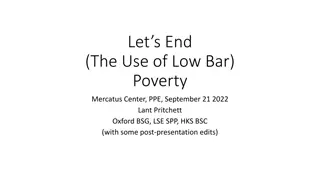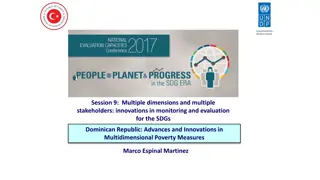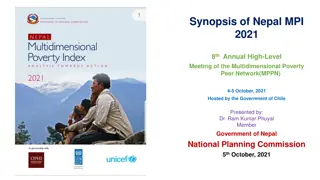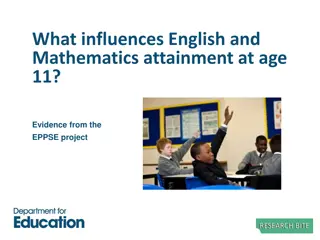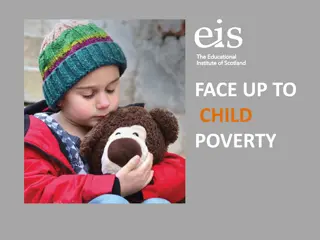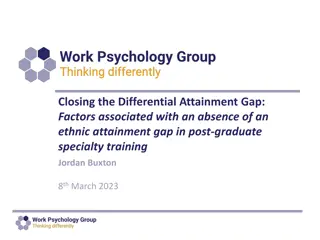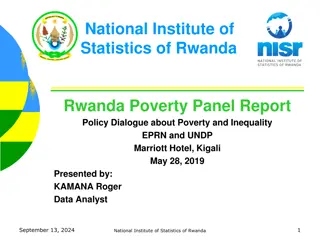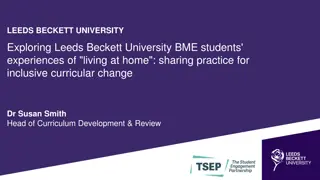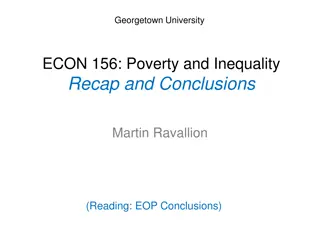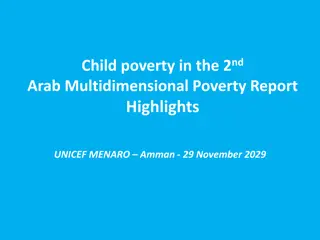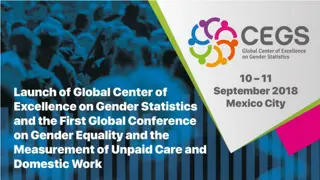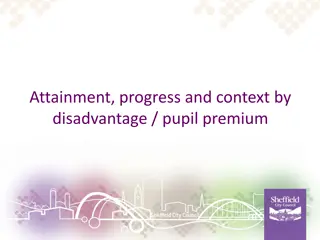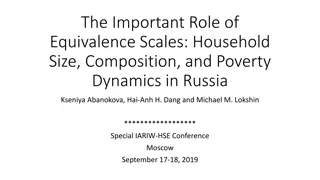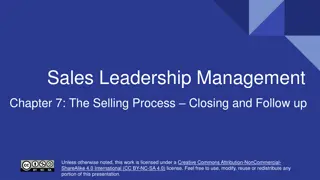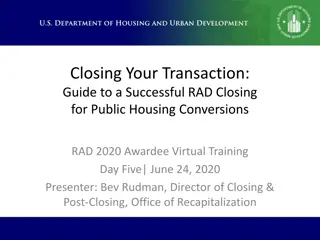Closing the Poverty Attainment Gap through Creative Approaches
Effective strategies for closing the poverty-related attainment gap in education were discussed, focusing on data analysis, engagement levels, and support for students with Adverse Childhood Experiences (ACEs) in different socio-economic cohorts. By understanding the impact and utilizing data effectively, schools can enhance current practices to ensure all students are on track for academic success.
Download Presentation

Please find below an Image/Link to download the presentation.
The content on the website is provided AS IS for your information and personal use only. It may not be sold, licensed, or shared on other websites without obtaining consent from the author. Download presentation by click this link. If you encounter any issues during the download, it is possible that the publisher has removed the file from their server.
E N D
Presentation Transcript
Creative approaches to closing the poverty related attainment gap Sarah Ogden 8thFebruary 2018
Planning for PEF We needed to:- know our school and its context build/ enhance current practice use data effectively- understand what and why we were doing something AND to show ongoing impact
Data Compared data between SIMD cohorts Free School Meals On/off track literacy and numeracy ACEs Engagement
Engagement of pupils in SIMD 3 100 90 80 70 Number of pupils 60 50 SIMD 3 ACEs 40 30 20 10 0 1 2 3 4 5 Engagement
Engagement of pupils in SIMD 6,7 and 9 combined 25 20 Number of pupils 15 SIMD 6,7,9 10 ACEs 5 0 1 2 3 4 5 Engagement
Pupils in SIMD 3 on track numeracy SIMD 3 100 90 80 70 Number of pupils 60 50 Children in SIMD 3 on track for numeracy 40 All children in SIMD3 30 20 10 0 1 2 3 4 5 Engagement
Pupils in SIMD 6,7 and 9 on track numeracy SIMD 6, 7 AND 9 25 20 Number of pupils 15 Children in SIMD 6, 7 and 9 on track for numeracy 10 All children in SIMD 6, 7 and 9 5 0 1 2 3 4 5 Engagement
Percentage of children off track with ACEs 100 90 80 Percentage of pupils (%) 70 60 SIMD 3 50 SIMD 6,7 and 9 40 30 20 10 0 Off track reading Off track numeracy
What did our data tell us? Pupils who were NOT scoring 4 or 5 on the Leuven Scale were far more likely to be off track with learning There were approximately 20% more children with ACEs in SIMD 3 off track with their learning compared to those in SIMD 6,7 and 9.
What did we need to do first? We needed to increase engagement We needed to further support children in SIMD 3 with ACEs so that they would be ready to learn Address the phonological gaps
How did we decide to do this? Build on what we were already doing Nurture Restorative Family Befriending service Universal supports Phonological awareness support Outdoor learning Nursery P7 The pupil s voice The Pod Community responsibility Music and The Arts
How did we Implement? Recruit a Social Worker part time to establish a family befriending service for the school Work with the Arts Service to recruit 2 music graduates Recruit classroom assistant to deliver phonological awareness together with music Work with the Arts service to recruit a dance tutor and a drama tutor
Measuring the Impact Phonological awareness- groups and music Highlands Literacy Phonological Awareness screener 12 areas of phonological awareness Each child was given a score out of 12, which has been converted into a percentage Screener carried out August 2017 and December 2017
Phonological Awareness Scores August 2017 with number of children in Decile 3 12 10 Number of Children 8 No. of children 6 4 2 0 0-25% 26-50% 51-75% 76-100% % Score in Phonological Awarness Assessment Phonological Awareness Scores after intervention (Dec 17) with number of children in Decile 3 16 14 Number of Children 12 10 8 6 4 No. of children 2 Decile 3 0 % Score in Phonological Awarness Assessment 0-25% 26-50% 51-75% 76-100%
Measuring the Impact Music within classes and jamming at lunchtimes Leuven Scale carried out with every class- in class and within music Class data October 2017 and December 2017 Music data December 2017 On/off track October 2017 and December 2017
Engagement Tracking 40% 40% 60% Engagement - Music Engagement Oct'17 Engagement Dec'17 35% 35% 50% 30% 30% 40% 25% 25% 20% 20% 30% 15% 15% 20% 10% 10% 10% 5% 5% 0% 0% 0% 1 2 3 4 5 1 2 3 4 5 1 2 3 4 5
Measuring Impact Family Befriending Service Children accessing emotional/ social supports tracked using Boxall profiles Nurture room coffee morning for parents- numbers tracked Numbers of parents participating in parenting classes tracked
Where Next? Currently Advertising for 17.5 hours week Senior Social Worker- to commence work April 2018 Pupils have identified dance instructor Taster for drama tutor Start the broadened curriculum from April 2018


